
A family of about 1500-1700 genera and 25,000-35,000 species, herbs, shrubs, trees, and lianas, cosmopolitan in distribution.
Key advice:Learning to recognize and key the genera of asters has a learning curve dependent on understanding specific morphology and terminology pertinent to the family; once understood, the seemingly belwildering diversity of the family becomes clearer. The definitions below are primarily drawn from Roque et al. (2009). Discoid refers to heads consisting of only disc florets that are bisexual; disciform heads differ from discoid heads in that they have male or bisexual disk florets surrounded by naked florets or tubular female florets. Radiant heads are a type of discoid head, but the outer disk florets are larger, dilated, and often bilateral. This differs from radiate heads which have central disc florets of a similar size and very obviously different outer ray florets. The flattened portion of a ray floret corolla is called a lamina. Liguliflorus heads consist of ligulate florets, which are perfect and bear a proximal tube and a distal, flattened, strap-like, 5-lobed bilateral corolla (e.g. Chichorium). The pappus is a modified (and usually reduced) calyx that can consist of bristles, scales, or awns (or sometimes a combination of these types). Pappus characters can vary substantially, and the nature of the bristles (plumose vs. barbellate or barbellulate) or scales (aristate, coroniform, etc…) are essential for composite identification. The pappus of bristles or scales aids in seed dispersal and often originates at the base of the cypselae (modified Asteraceae achene). The pappus is either persistent on the cypselae or falling, and will fall as one collective unit or individually. The calyculus is essentially the outer involucre or the lower "whorl" of involucre bracts subtending the true involucral bracts (phyllaries). Phyllaries are the collective bracts comprising the involucre of a composite head. The pales are bracts (plural paleae) that sit at the base of individual disk or ray florets and are often referred to as "chaff"; if a receptacle (basal part of head where paleae are inserted) is naked or epaleate, it lacks chaff.
Ref: Barkley, Brouillet, & Strother (2006) In Flora of North America Editorial Committee (2006a); Correll & Johnston (1970); Cronquist (1980); Diggs, Lipscomb, & O'Kennon (1999); Roque, Keil, & Susanna (2009). Show full citations.
Hover over a shape, letter, icon, or arrow on the map for definition or see the legend. Data for arrows not developed for genera and families which may have species only occurring outside the flora area.
 © Gary P. Fleming | Hieracium | Original Image ⭷
© Gary P. Fleming | Hieracium | Original Image ⭷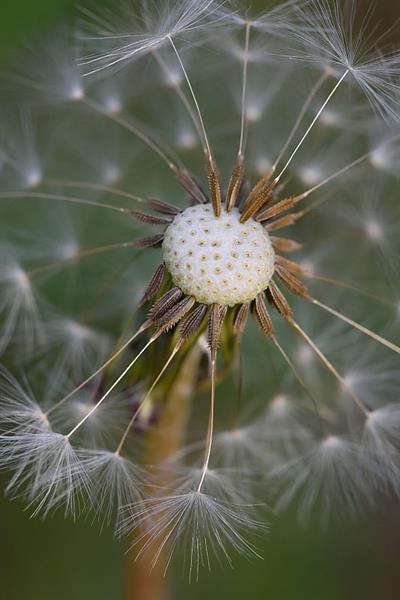 © Gary P. Fleming | Taraxacum officinale | Original Image ⭷
© Gary P. Fleming | Taraxacum officinale | Original Image ⭷ © Scott Ward | Verbesina chapmanii | Original Image ⭷
© Scott Ward | Verbesina chapmanii | Original Image ⭷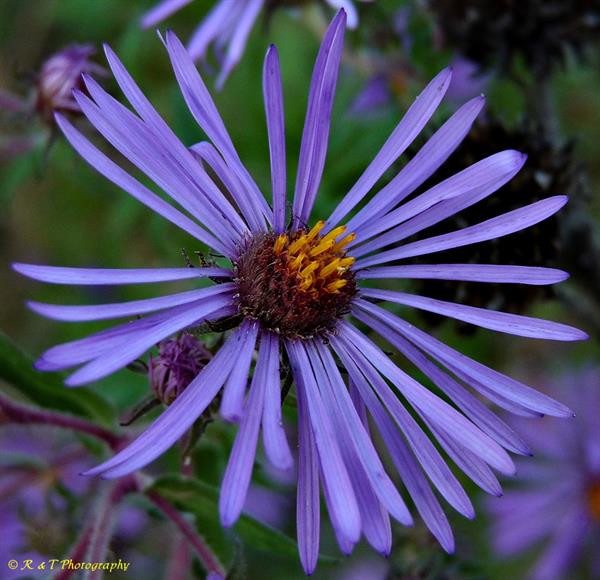 © Richard & Teresa Ware | Symphyotrichum CC-BY-NC, permission granted to NCBG | Original Image ⭷
© Richard & Teresa Ware | Symphyotrichum CC-BY-NC, permission granted to NCBG | Original Image ⭷ © Keith Bradley | Solidago | Original Image ⭷
© Keith Bradley | Solidago | Original Image ⭷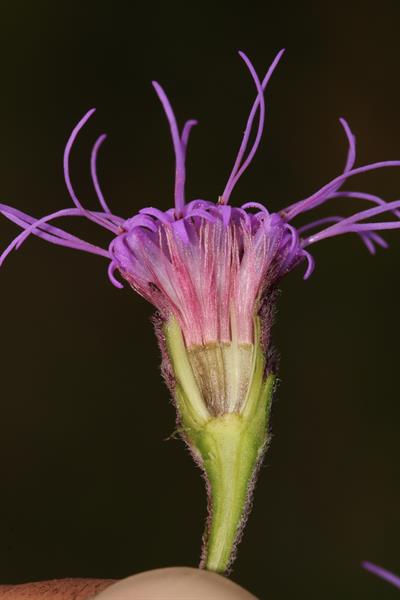 © Scott Ward | Carphephorus tomentosus | Original Image ⭷
© Scott Ward | Carphephorus tomentosus | Original Image ⭷ © Alan Cressler: Ampelaster carolinianus, Juniper Creek, Juniper Prairie Wilderness, Ocala National Forest, Marion County, Florida 4 by Alan Cressler | Ampelaster carolinianus source | Original Image ⭷
© Alan Cressler: Ampelaster carolinianus, Juniper Creek, Juniper Prairie Wilderness, Ocala National Forest, Marion County, Florida 4 by Alan Cressler | Ampelaster carolinianus source | Original Image ⭷ © Scott Ward | Marshallia mohrii | Original Image ⭷
© Scott Ward | Marshallia mohrii | Original Image ⭷ © Will Stuart | Elephantopus | Original Image ⭷
© Will Stuart | Elephantopus | Original Image ⭷ © Scott Ward | Silphium terebinthinaceum | Original Image ⭷
© Scott Ward | Silphium terebinthinaceum | Original Image ⭷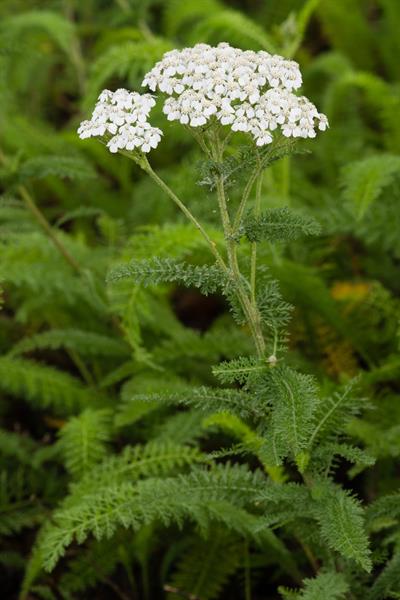 © Keith Bradley | Achillea | Original Image ⭷
© Keith Bradley | Achillea | Original Image ⭷ © Gary P. Fleming | Lactuca | Original Image ⭷
© Gary P. Fleming | Lactuca | Original Image ⭷ © Aidan Campos | Dracopis source | Original Image ⭷
© Aidan Campos | Dracopis source | Original Image ⭷ © Bruce A. Sorrie | Eupatorium | Original Image ⭷
© Bruce A. Sorrie | Eupatorium | Original Image ⭷ © Scott Ward | Cirsium muticum | Original Image ⭷
© Scott Ward | Cirsium muticum | Original Image ⭷ © Paul Marcum | Vernonia source | Original Image ⭷
© Paul Marcum | Vernonia source | Original Image ⭷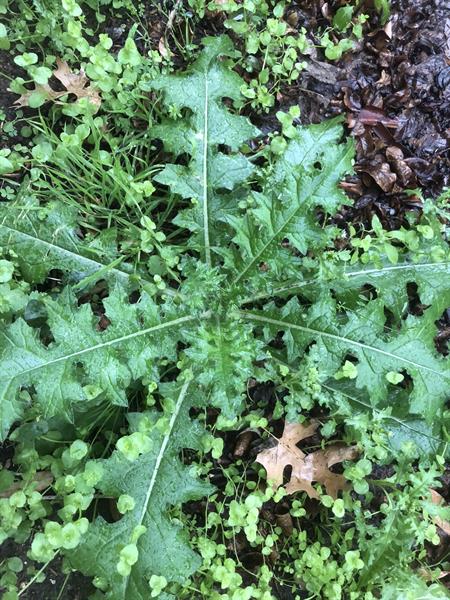 © Aidan Campos | Sonchus source | Original Image ⭷
© Aidan Campos | Sonchus source | Original Image ⭷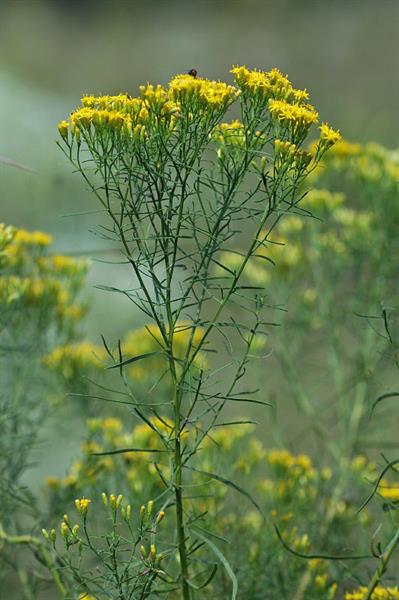 © Gary P. Fleming | Euthamia | Original Image ⭷
© Gary P. Fleming | Euthamia | Original Image ⭷ © Gary P. Fleming | Carphephorus bellidifolius | Original Image ⭷
© Gary P. Fleming | Carphephorus bellidifolius | Original Image ⭷ © Scott Ward | Chrysopsis | Original Image ⭷
© Scott Ward | Chrysopsis | Original Image ⭷ © Scott Ward | Helianthus | Original Image ⭷
© Scott Ward | Helianthus | Original Image ⭷ © Gary P. Fleming | Artemisia | Original Image ⭷
© Gary P. Fleming | Artemisia | Original Image ⭷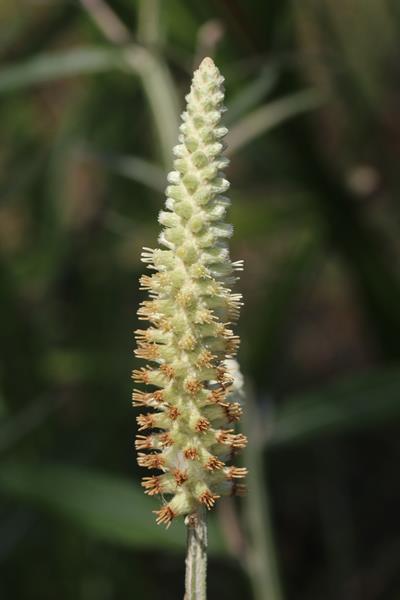 © Scott Ward | Pterocaulon pycnostachyum | Original Image ⭷
© Scott Ward | Pterocaulon pycnostachyum | Original Image ⭷ © Alan Cressler: Helenium vernale, Apalachicola National Forest, Franklin County, Florida 1 by Alan Cressler | Helenium source | Original Image ⭷
© Alan Cressler: Helenium vernale, Apalachicola National Forest, Franklin County, Florida 1 by Alan Cressler | Helenium source | Original Image ⭷ © Gary P. Fleming | Gamochaeta purpurea | Original Image ⭷
© Gary P. Fleming | Gamochaeta purpurea | Original Image ⭷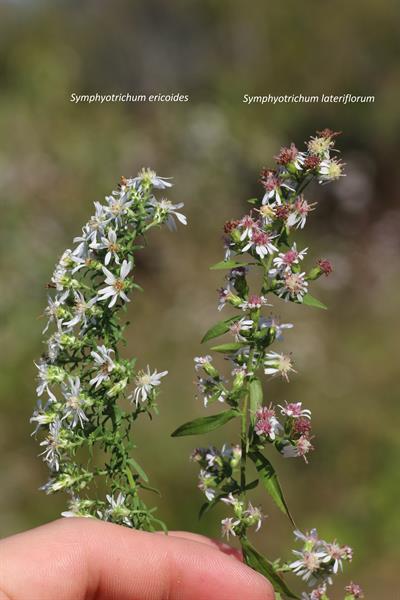 © Scott Ward | Symphyotrichum | Original Image ⭷
© Scott Ward | Symphyotrichum | Original Image ⭷ © Alan M. Cressler | Silphium | Original Image ⭷
© Alan M. Cressler | Silphium | Original Image ⭷ © Keith Bradley | Echinacea | Original Image ⭷
© Keith Bradley | Echinacea | Original Image ⭷ © Keith Bradley | Palafoxia | Original Image ⭷
© Keith Bradley | Palafoxia | Original Image ⭷ © Gary P. Fleming | Hasteola suaveolens | Original Image ⭷
© Gary P. Fleming | Hasteola suaveolens | Original Image ⭷ © Scott Ward | Anaphalis margaritacea | Original Image ⭷
© Scott Ward | Anaphalis margaritacea | Original Image ⭷ © Gary P. Fleming | Doellingeria | Original Image ⭷
© Gary P. Fleming | Doellingeria | Original Image ⭷ © Richard & Teresa Ware | Pyrrhopappus CC-BY-NC, permission granted to NCBG | Original Image ⭷
© Richard & Teresa Ware | Pyrrhopappus CC-BY-NC, permission granted to NCBG | Original Image ⭷ © Bruce A. Sorrie | Packera glabella | Original Image ⭷
© Bruce A. Sorrie | Packera glabella | Original Image ⭷ © John Gwaltney | Heterotheca subaxillaris | Original Image ⭷
© John Gwaltney | Heterotheca subaxillaris | Original Image ⭷ © Jay Horn | Chrysoma pauciflosculosa source | Original Image ⭷
© Jay Horn | Chrysoma pauciflosculosa source | Original Image ⭷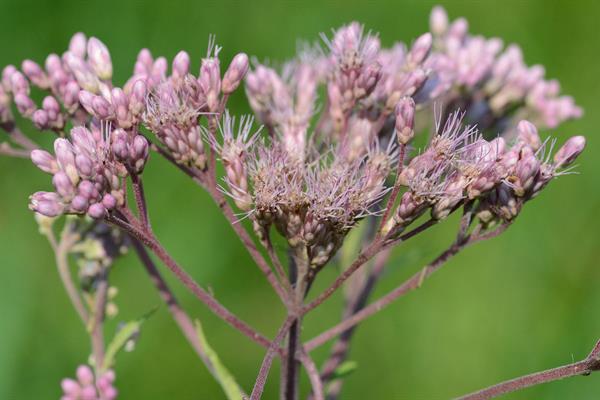 © Gary P. Fleming | Eutrochium maculatum var. maculatum | Original Image ⭷
© Gary P. Fleming | Eutrochium maculatum var. maculatum | Original Image ⭷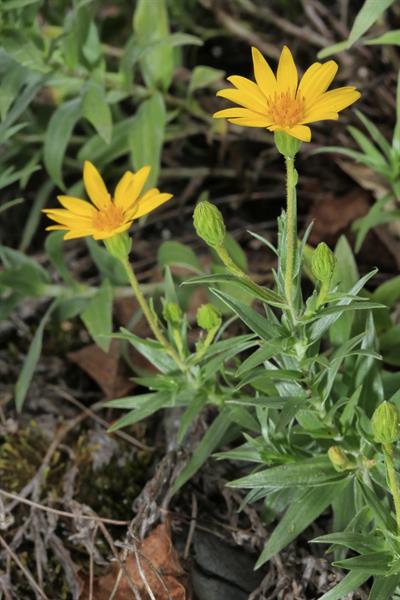 © Alan M. Cressler | Pityopsis | Original Image ⭷
© Alan M. Cressler | Pityopsis | Original Image ⭷ © Gary P. Fleming | Ionactis linariifolia | Original Image ⭷
© Gary P. Fleming | Ionactis linariifolia | Original Image ⭷ © Gary P. Fleming | Aster tataricus | Original Image ⭷
© Gary P. Fleming | Aster tataricus | Original Image ⭷ © Keith Bradley | Ratibida columnifera | Original Image ⭷
© Keith Bradley | Ratibida columnifera | Original Image ⭷ © Gary P. Fleming | Solidago squarrosa | Original Image ⭷
© Gary P. Fleming | Solidago squarrosa | Original Image ⭷ © Gary P. Fleming | Oclemena | Original Image ⭷
© Gary P. Fleming | Oclemena | Original Image ⭷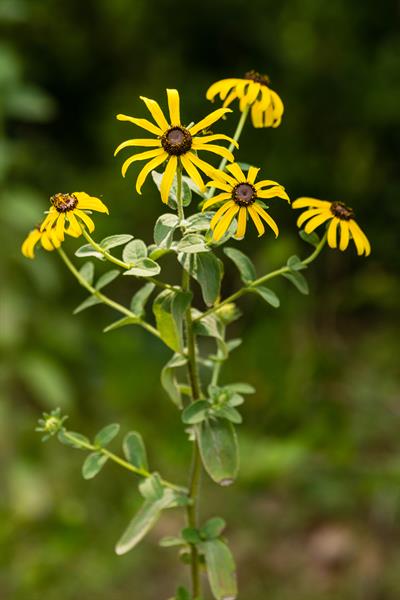 © Keith Bradley | Rudbeckia | Original Image ⭷
© Keith Bradley | Rudbeckia | Original Image ⭷ © Alan Weakley | Iva source | Original Image ⭷
© Alan Weakley | Iva source | Original Image ⭷ © Gary P. Fleming | Pilosella | Original Image ⭷
© Gary P. Fleming | Pilosella | Original Image ⭷ © Keith Bradley | Facelis retusa | Original Image ⭷
© Keith Bradley | Facelis retusa | Original Image ⭷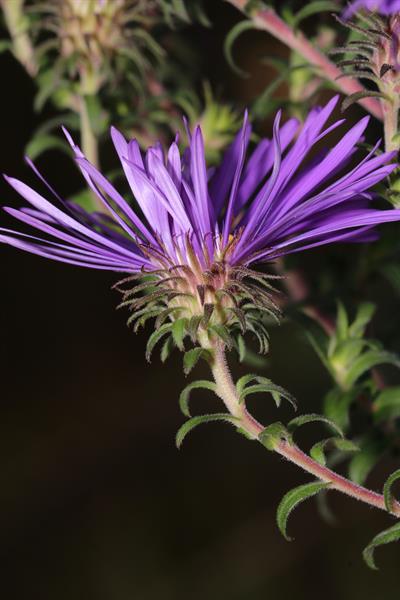 © Scott Ward | Symphyotrichum novae-angliae | Original Image ⭷
© Scott Ward | Symphyotrichum novae-angliae | Original Image ⭷ © Sonnia Hill | Palafoxia reverchonii | Original Image ⭷
© Sonnia Hill | Palafoxia reverchonii | Original Image ⭷ © Collectors SOS | Heterotheca subaxillaris | Original Image ⭷
© Collectors SOS | Heterotheca subaxillaris | Original Image ⭷ © Alvin Diamond, some rights reserved (CC BY-NC), uploaded by Alvin Diamond | Tithonia rotundifolia source | Original Image ⭷
© Alvin Diamond, some rights reserved (CC BY-NC), uploaded by Alvin Diamond | Tithonia rotundifolia source | Original Image ⭷ © Scott Ward | Cirsium carolinianum | Original Image ⭷
© Scott Ward | Cirsium carolinianum | Original Image ⭷ © Scott Ward | Chrysopsis mariana | Original Image ⭷
© Scott Ward | Chrysopsis mariana | Original Image ⭷ © Scott Ward | Gaillardia pulchella var. drummondii | Original Image ⭷
© Scott Ward | Gaillardia pulchella var. drummondii | Original Image ⭷ © Scott Ward, some rights reserved (CC BY), uploaded by Scott Ward | Verbesina occidentalis source | Original Image ⭷
© Scott Ward, some rights reserved (CC BY), uploaded by Scott Ward | Verbesina occidentalis source | Original Image ⭷ © Richard & Teresa Ware | Marshallia mohrii | Original Image ⭷
© Richard & Teresa Ware | Marshallia mohrii | Original Image ⭷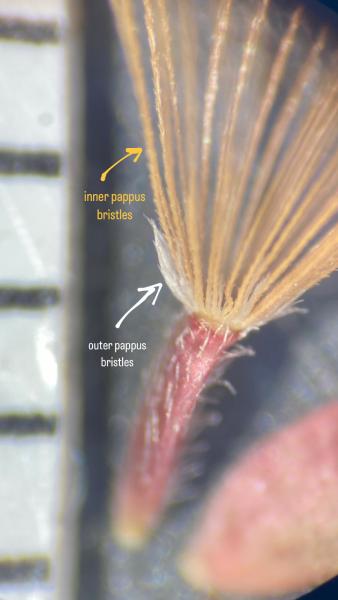 © Scott Ward | Chrysopsis mariana | Original Image ⭷
© Scott Ward | Chrysopsis mariana | Original Image ⭷ © Keith Bradley | Vernonia blodgettii | Original Image ⭷
© Keith Bradley | Vernonia blodgettii | Original Image ⭷ © Scott Ward | Coreopsis gladiata | Original Image ⭷
© Scott Ward | Coreopsis gladiata | Original Image ⭷Feedback
See something wrong or missing on about Asteraceae? Let us know here: (Please include your name and email if at all complicated so we can clarify if needed.)
Cite as...